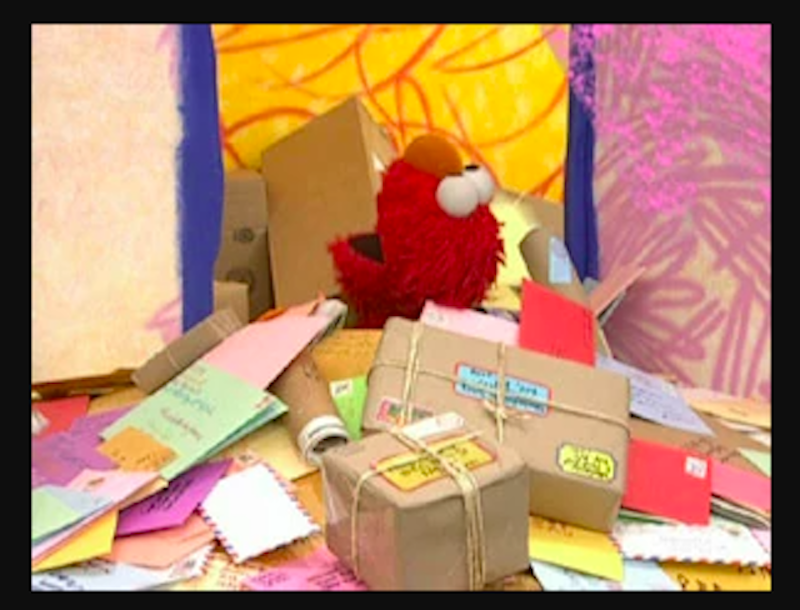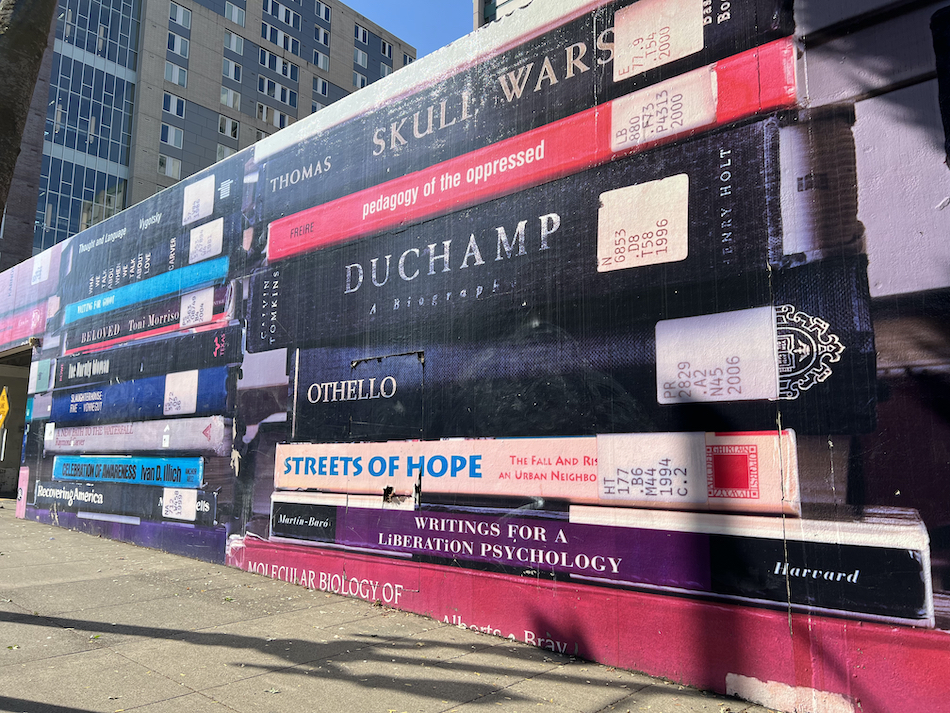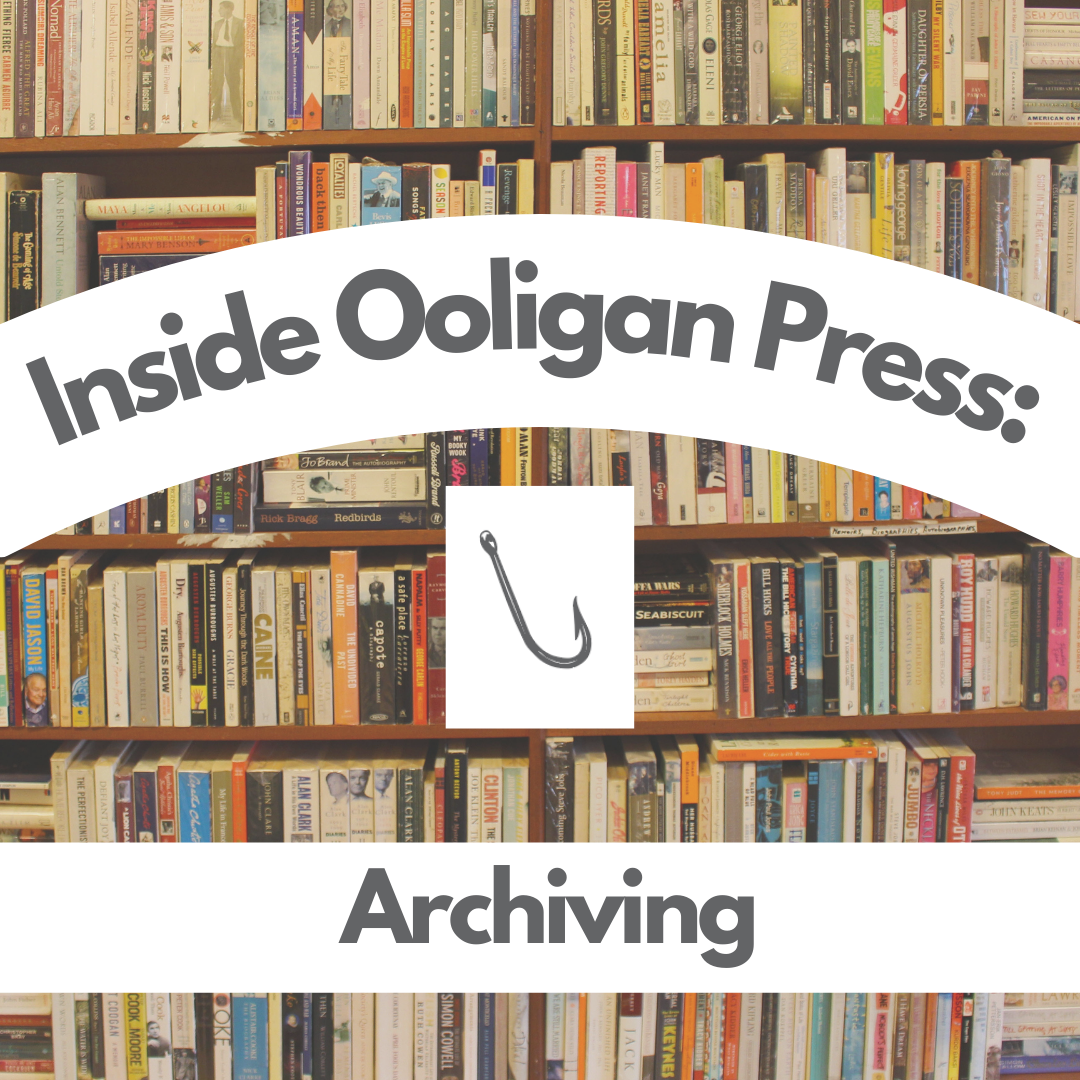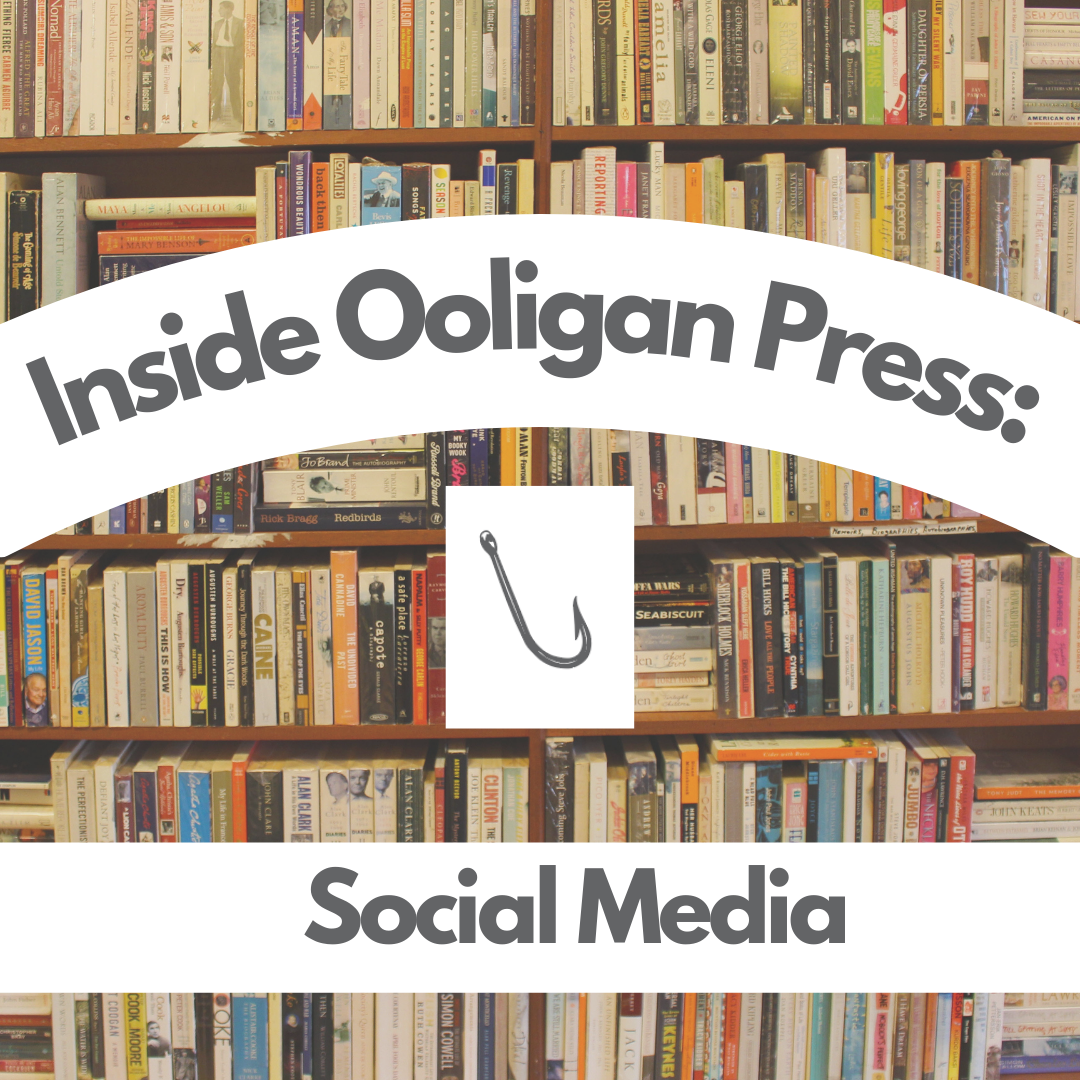You’ve Got Mail! Inside the Marketing & Publicity Inbox
A majority of my position is digital collaboration: reviewing Marketing or Publicity documents for project teams, corresponding with Project Managers, or reaching outside Ooligan for various extracurricular publishing activities. Marketing and Publicity are actually two distinct departments at Ooligan Press. The role of Marketing and Publicity Manager is unique because it is one of the few positions that is currently combined; while the responsibilities vary, the skillset is similar.










